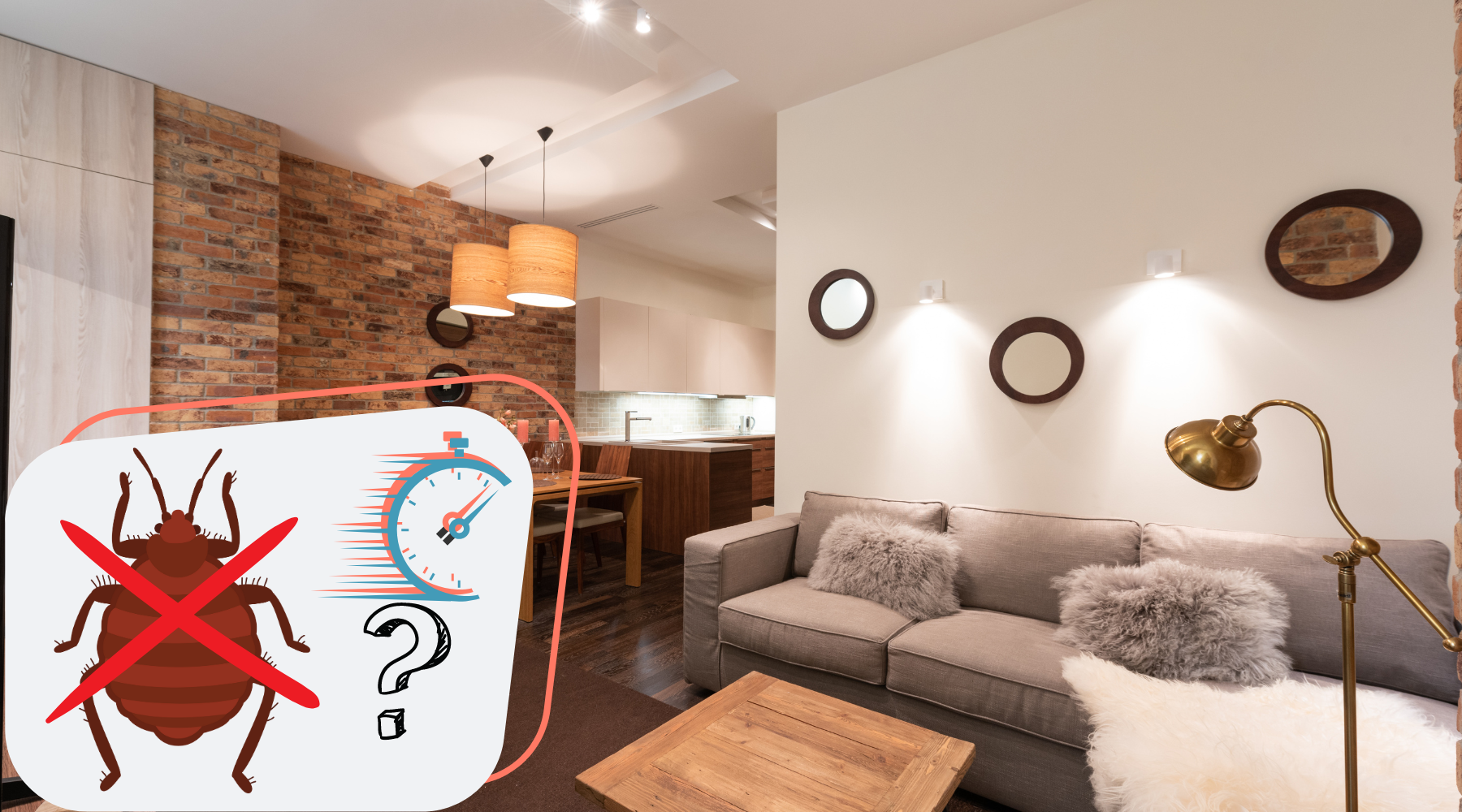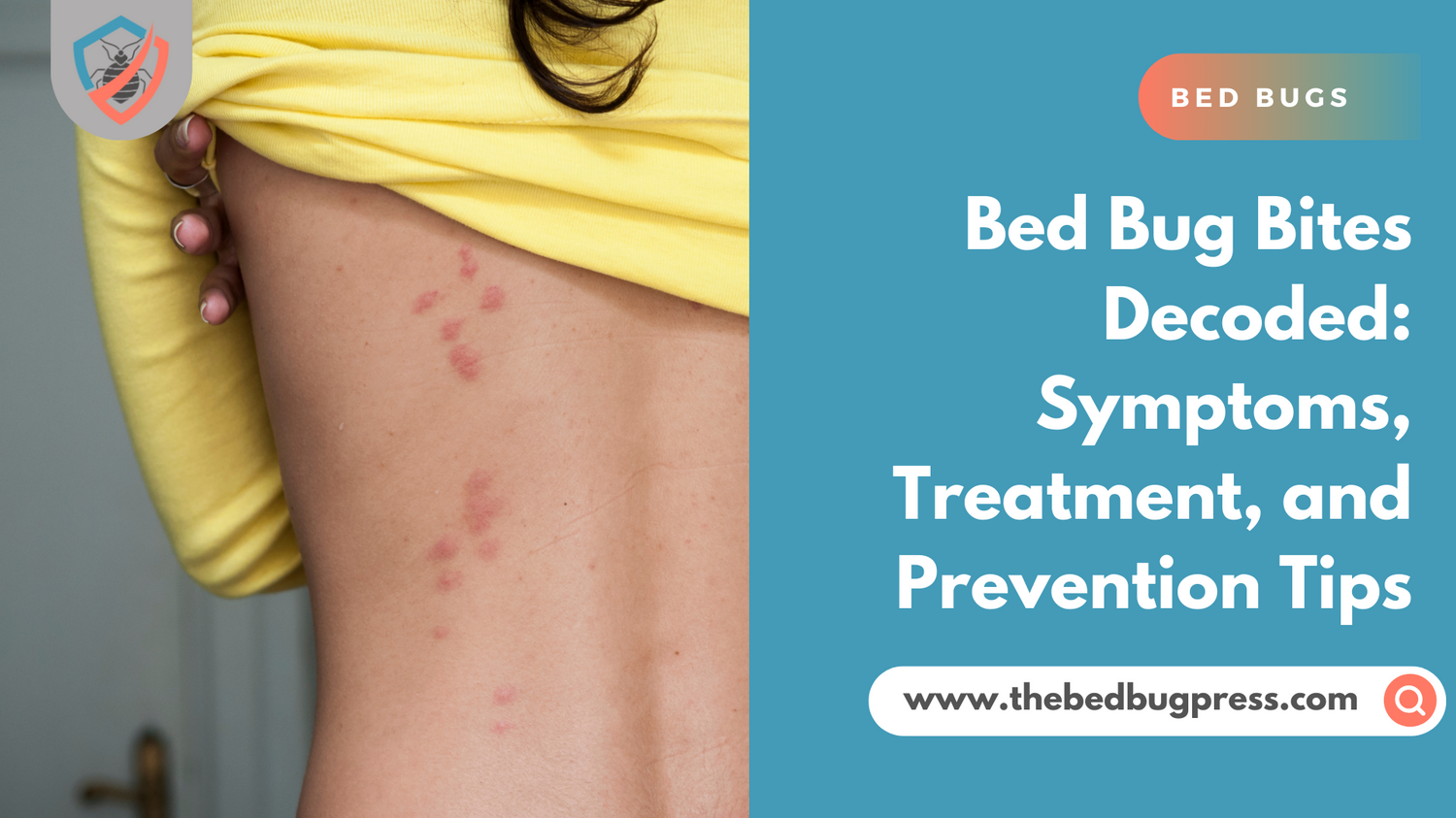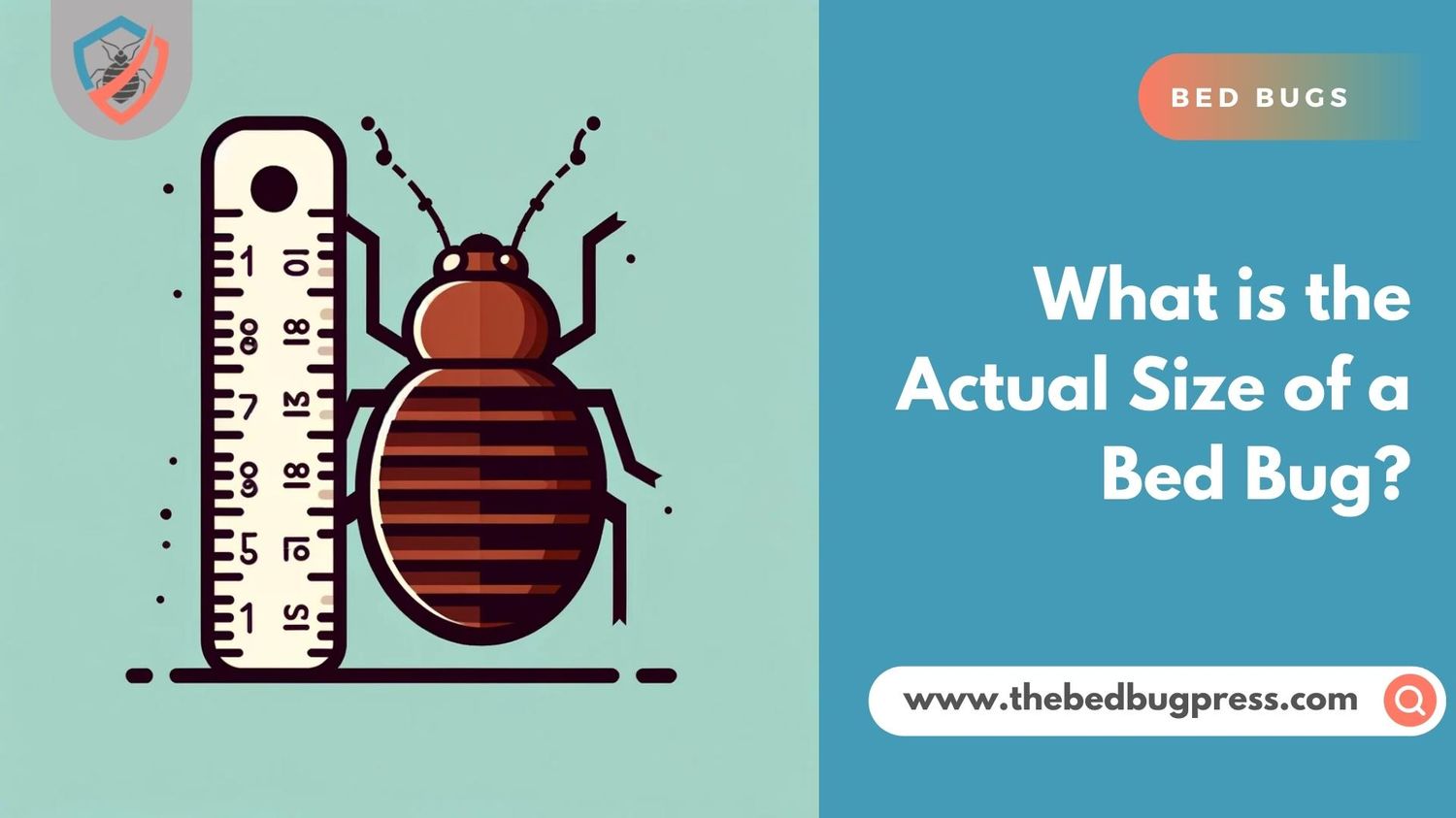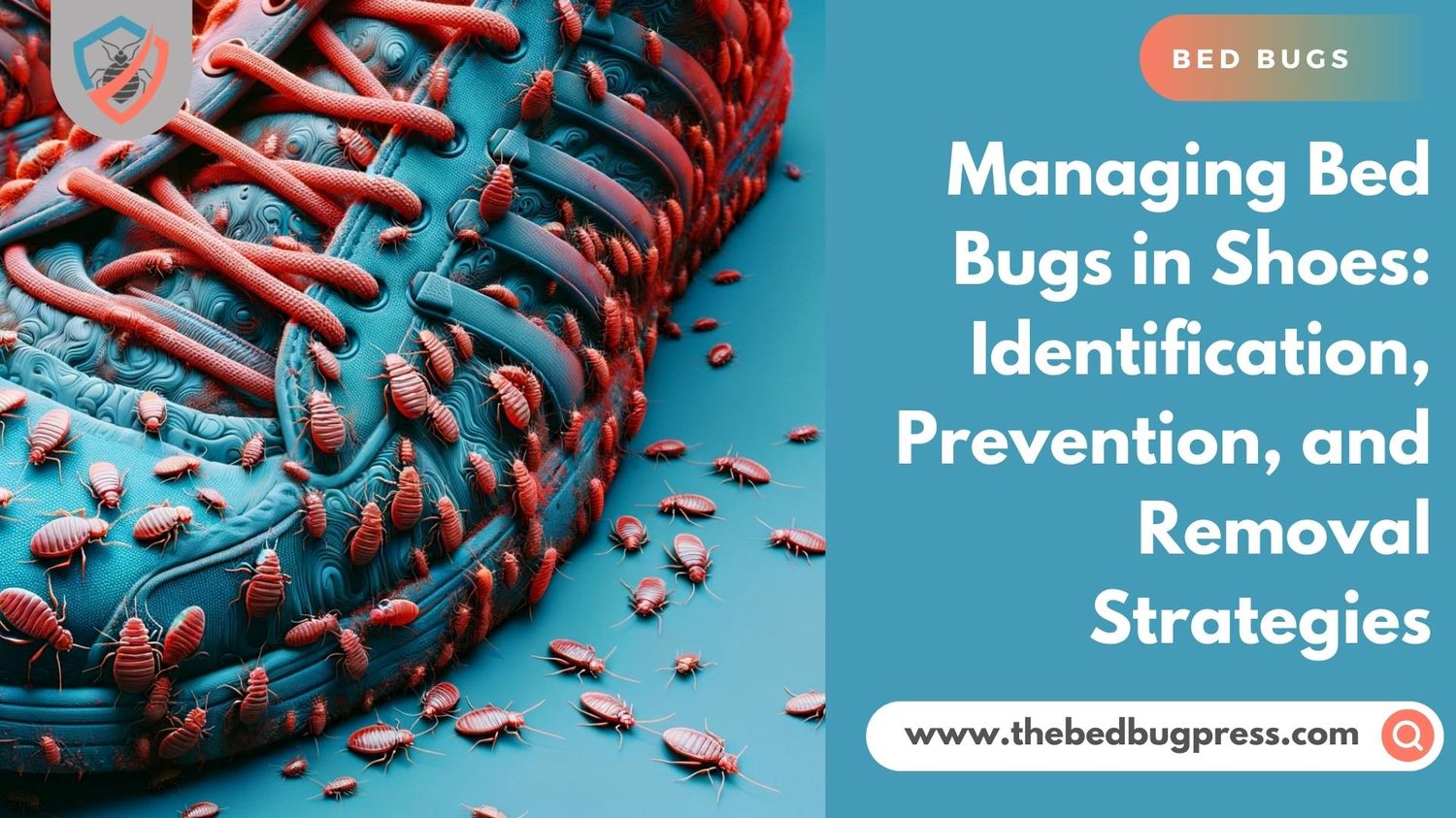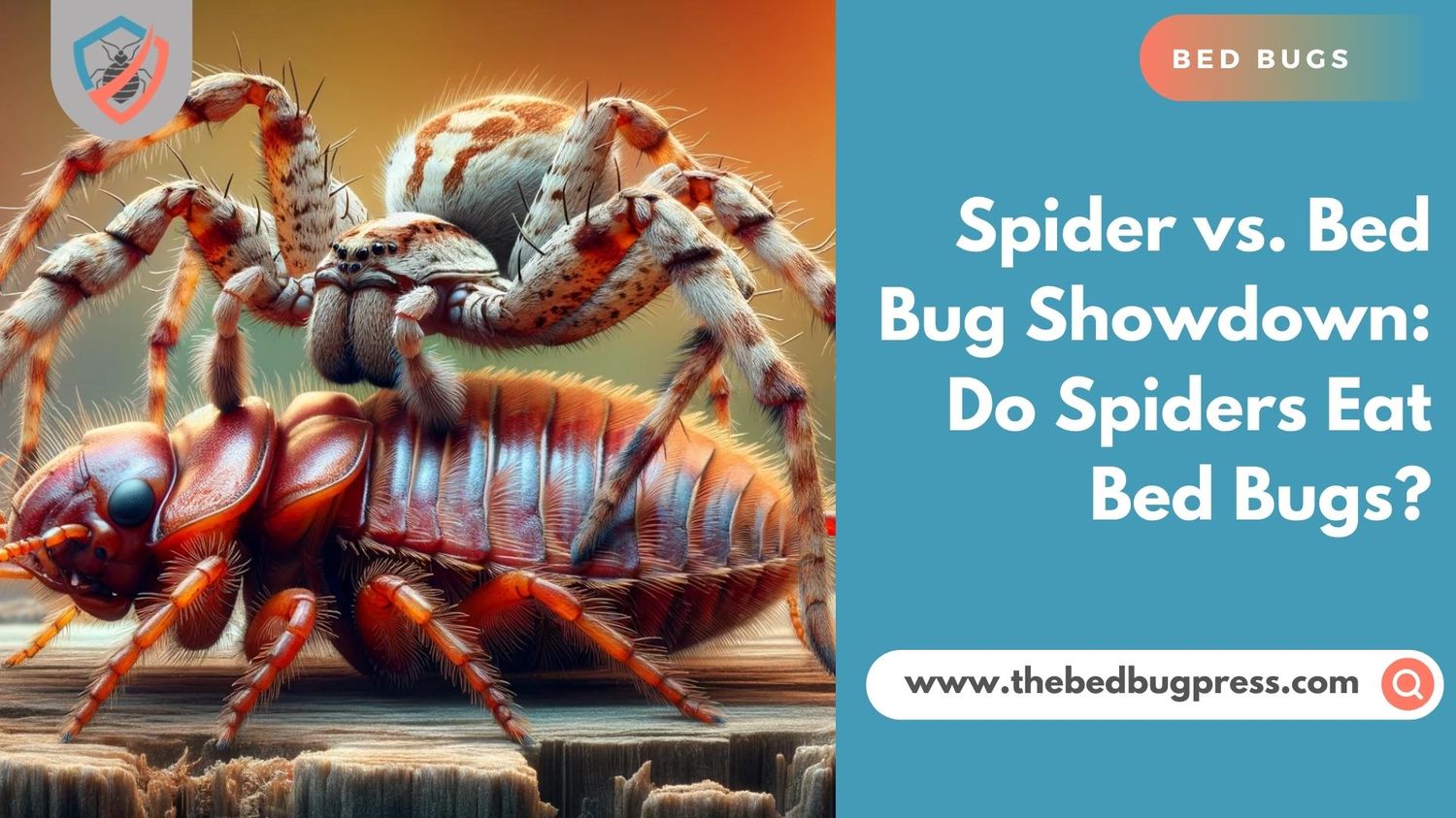Dealing with a bed bug infestation can be a frustrating and distressing experience, but fear not, as we have compiled a range of proven methods and strategies to help you reclaim your home.
In this guide, you’ll get to know more about a variety of approaches, from natural remedies to chemical treatments, providing you with the knowledge and tools necessary to tackle these resilient pests head-on.
Whether you’re looking for DIY solutions or seeking professional assistance, this guide will equip you with the information you need to eliminate bed bugs fast and regain your peace of mind. Let’s dive in and bid farewell to those unwanted guests once and for all!

Quick and Effective Methods to Eliminate Bed Bugs at Home
Discovering a bed bug infestation can be a distressing experience, but fear not, as we are here to provide you with the knowledge and solutions to tackle these persistent pests head-on. Below is a range of proven methods that will help you regain control of your living space and restore peace of mind.
From identification to treatment, we will walk you through the steps necessary to swiftly eliminate bed bugs from your home. Say goodbye to sleepless nights and let’s dive into this guide to learn how to get rid of bed bugs fast and reclaim your sanctuary.
Identifying the Problem:
Before you begin the eradication process, it’s crucial to confirm that you are indeed dealing with bed bugs. You need to identify bed bugs, find bed bugs, and find out where bed bugs love hiding. Familiarize yourself with the common signs of bed bug infestation, such as itchy bites, bloodstains on sheets, and tiny spots or dark spots on furniture. Once you’ve confirmed their presence, it’s time to act.
Preparation:
Preparation is key to maximizing the effectiveness of your bed bug treatment. Start by decluttering the infested areas, wash bedding, and removing any unnecessary items. Launder all bedding, linens, and clothing on high heat, as heat is known to kill bed bugs.
Seal and store cleaned items in a plastic bag or plastic container to prevent re-infestation. Additionally, consider vacuuming the affected areas thoroughly to remove any bed bugs, eggs, or nymphs.
Natural Remedies:
If you prefer an eco-friendlier approach, natural remedies can be effective in eliminating bed bugs. Try using diatomaceous earth, a non-toxic powder that dehydrates and kills bed bugs upon contact.
Essential oils like tea tree oil and lavender oil can also repel and suffocate these pests. Apply these natural remedies strategically in bed legs, cracks, crevices, and infested areas to disrupt the bed bug population.
Chemical Treatments:
For a faster and more potent solution, chemical treatments are often necessary. Look for bed bug-specific insecticides that are labeled for indoor use. Apply these products according to the instructions provided, focusing on areas where bed bugs hide, such as mattress seams, baseboards, and furniture joints.
Ensure proper ventilation and take necessary safety precautions when using chemical treatments.
Seeking Professional Assistance:
In some cases, bed bug infestations may be too severe or persistent for DIY treatments. If your efforts have proven unsuccessful, it may be time to consult a professional bed bug exterminator.
These experts have specialized knowledge and access to professional-grade treatments that can effectively eliminate bed bugs. They will assess your situation and implement a targeted treatment plan to eradicate the bedbug infestation completely.
By following the methods outlined in this guide, you are equipped with the knowledge and tools necessary to combat bed bugs at home. Remember, consistency and thoroughness are key to successfully eliminating these pests. Stay vigilant, and don’t hesitate to seek professional help if needed. With perseverance and the right strategies to control bed bugs, you’ll be able to reclaim your home and enjoy a bed bug-free environment once again.
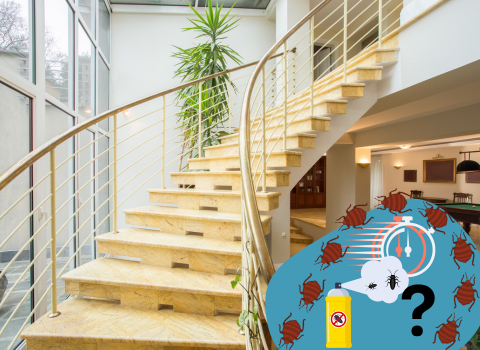
Quick Home Remedies for Bed Bug Infestation
When faced with a bed bug infestation, it’s natural to seek quick and effective solutions to restore comfort and tranquility in your home.
These remedies utilize common household items and simple techniques to target and eliminate these unwelcome pests. Whether you’re looking for immediate relief or prefer a natural approach, these quick home remedies will provide you with effective options to tackle the problem head-on.
Let’s delve into the world of quick home remedies for bed bug infestations and regain control of your living space.
Heat Treatment:
One of the most effective and rapid methods to kill bed bugs is through heat treatment. High temperatures can kill bed bugs and their eggs. Start by washing and drying infested bedding, clothing, and fabrics on the highest heat settings.
Consider using a steamer to expose the bed bugs to intense heat for items that can’t be laundered.
Additionally, thoroughly vacuum the affected areas, focusing on mattresses, furniture, and cracks. After vacuuming, use a dryer on a high heat setting to kill bugs captured in the vacuum bag. This combination of heat treatments can significantly reduce the bed bug population in your home.
Diatomaceous Earth:
Diatomaceous earth, derived from the fossilized remains of microscopic aquatic organisms dehydrates and kills bed bugs. Apply a thin layer of food-grade diatomaceous earth in areas where bed bugs are present, such as cracks, crevices, and along baseboards.
Be sure to wear a mask during application to avoid inhaling the fine dust. Allow the diatomaceous earth to remain for a few hours or days, then vacuum it up and repeat the process as needed. This remedy is an excellent non-toxic option for quick bed bug control.
Essential Oils:
Certain essential oils have been found to repel and deter bed bugs due to their strong scents. Peppermint, lavender, tea tree, and eucalyptus oils are known for their insect-repelling properties.
To make a bed bug spray at home, get a spray bottle, put in some water, and add in a few drops of your chosen essential oil. Spritz this solution on infested areas, including bedding, furniture, and carpets. While it may not eradicate the infestation entirely, it can discourage bed bugs from spreading and provide temporary relief.
There are also essential oils that can temporarily help alleviate the itchiness caused by bed bug bites.
Steam Cleaning:
Steam cleaning is an effective method to eliminate bed bugs from various surfaces. Using a steam cleaner with high temperatures, target bed bug hiding places and spots such as mattresses, furniture, and baseboards.
The steam will penetrate deep into these areas, killing both adult bed bugs and their eggs. Ensure thorough coverage and follow safety precautions when operating the steam cleaner. Regular and diligent steam cleaning can aid in reducing the bed bug population and preventing their resurgence.
By employing these quick home remedies, you now have practical and accessible options to combat a bed bug infestation promptly.
Remember, while these remedies can provide immediate relief, they may not completely eradicate a severe infestation. For persistent or extensive bed bug problems, it’s advisable to seek professional assistance.
Stay proactive, consistent, and persistent in your efforts, and you’ll soon be on your way to a bed-bug-free home once again.
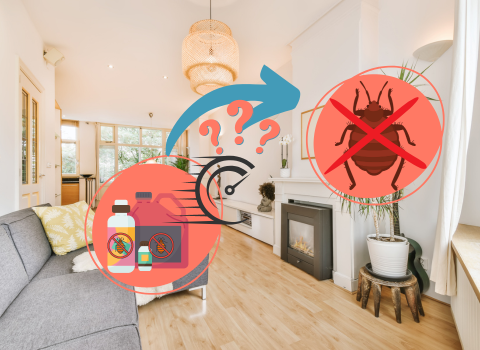
Common Chemical Agents for Eliminating Bed Bugs
Chemical treatments can provide effective and targeted solutions to eradicate these resilient pests. These chemicals have been specifically formulated to combat bed bugs and are available in various forms, including sprays, powders, and aerosols. It’s important to follow the instructions and safety precautions provided by manufacturers when using these chemicals.
Below are the common chemical agents for getting rid of bed bugs and how they can help in regaining control of your living space.
Pyrethroid Insecticides:
Pyrethroid insecticides are one of the most used chemical treatments for bed bug control. These synthetic compounds mimic the natural insecticidal properties found in chrysanthemum flowers.
Pyrethroids disrupt the nervous system of bed bugs, leading to paralysis and death. Products containing active ingredients such as deltamethrin, cypermethrin, or lambda-cyhalothrin are effective in killing bed bugs on contact. Ensure proper ventilation during application and follow the instructions provided on the product label.
Neonicotinoids:
Neonicotinoids are a class of insecticides that act on the central nervous system of bed bugs. They disrupt the normal functioning of neural pathways, leading to paralysis and the eventual death of all the bugs.
Common neonicotinoid-based insecticides used for bed bug control include imidacloprid and acetamiprid. These chemicals are often found in commercial insecticide sprays and concentrates. It is essential to read and follow the instructions carefully, as misuse can be harmful to humans and pets.
Insect Growth Regulators (IGRs):
Insect Growth Regulators are chemicals that disrupt the normal growth and development of bed bug populations or bugs, ultimately preventing them from reaching maturity and reproducing. Methoprene and pyriproxyfen are common IGRs used in bed bug control.
These chemicals mimic the action of juvenile hormones in bed bugs, leading to disrupted molting and infertility. IGRs are often combined with other insecticides for enhanced effectiveness and long-term control.
Desiccants:
Desiccants are substances that cause dehydration and damage to the outer protective layer of bed bugs, leading to their demise. Common desiccants used for bed bug control include diatomaceous earth and silica gel. These powders are applied in areas where bed bugs are present, such as cracks, crevices, and wall voids.
As bed bugs come into contact with the desiccants, they gradually lose moisture, leading to their eventual death. Desiccants are considered a low-toxicity option for bed bug control.
By understanding and utilizing these common chemical agents, you now have valuable tools to combat bed bugs effectively. When using chemical treatments, always prioritize safety by carefully reading and following the instructions provided by manufacturers.
If you are unsure or have a severe infestation, it is recommended to consult with a professional pest control expert who can assess your situation and provide targeted treatment solutions. With the right approach and diligent application, you can eliminate bed bugs and restore peace and comfort to your home.
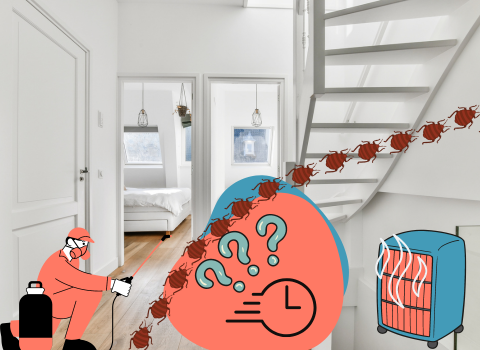
Traditional Approaches for Bed Bug Extermination
When it comes to bed bug extermination, traditional approaches have been relied upon for many years to effectively combat these persistent pests. The approaches below encompass a range of techniques, including thorough cleaning, physical removal, and targeted treatments.
By understanding and implementing these traditional approaches, you can tackle bed bug infestations and restore peace to your home. Let’s dive into the world of traditional approaches for bed bug extermination and reclaiming your living space.
Deep Cleaning and Decluttering:
Thorough cleaning is a fundamental step in the battle against bed bugs. Begin by decluttering your living area, removing unnecessary items, and reducing potential hiding places for bed bugs. Vacuum mattresses, furniture, baseboards, and other infested areas meticulously. Pay attention to cracks, crevices, bed frames, box springs, and seams where these blood suckers tend to hide. Use a stiff brush to dislodge any bed bug eggs or bugs that are firmly attached to surfaces. After vacuuming, seal the vacuum bag or dispose of it carefully to prevent bed bugs from escaping.
Laundering and High Heat:
Bed bugs cannot survive high temperatures, making laundering an effective method to eliminate them. Wash clothes, all infested bedding, and linens in hot water, preferably above 120°F (49°C). Dry these items on high heat settings for at least 30 minutes to ensure any remaining live bed bugs or eggs are killed. By subjecting your infested items and fabrics to high heat, you can effectively eliminate bed bugs and prevent their spread.
Encasements and Mattress Protection:
Investing in bed bug-proof covers or encasements for your mattress and box spring can help contain and eliminate bed bugs. Encasements are mattress or box spring covers that are specifically designed to prevent bed bugs from escaping or entering the box spring or mattress.
Once installed, any trapped bed bugs die eventually inside the encasements due to lack of access to a blood meal. Additionally, encasements make it easier to detect and monitor bed bug activity, aiding in the extermination process.
Pesticide Treatments:
Traditional pesticide treatments remain a common approach for bed bug extermination. Pesticides specifically formulated for bed bugs are applied to infested areas, such as cracks, crevices, and furniture joints. These treatments often come in the form of sprays, dust, or aerosols.
It’s important to carefully follow the instructions provided by the manufacturer, ensuring proper application and safety precautions. Assistance from a professional exterminator may be necessary for severe infestations or when using pesticides in sensitive areas.
Steam Treatment:
Steam treatment is an effective method for getting rid of bed bugs and their eggs using high temperatures. A steam cleaner with a high-output nozzle is used to deliver steam to infested areas, including mattresses, box springs, furniture, and baseboards, and kills bed bugs instantly.
The intense heat of the steam penetrates cracks and crevices, effectively exterminating bed bugs. This method is particularly useful for items that cannot be easily laundered or treated with pesticides. The heat can kill bed bugs, bed bug eggs, and newly hatched bed bugs fast.
By implementing these traditional approaches for bed bug extermination, you now have a range of effective techniques at your disposal. For severe infestations or if traditional methods prove ineffective, it may be necessary to seek professional assistance. With patience, diligence, and the right strategies, you can reclaim your home and create a bed-bug-free environment once again.

Cautionary Advice: If Possible, Avoid DIY Bed Bug Treatments
Bed bug infestations can tempt people to try do-it-yourself (DIY) treatments to quickly resolve the bed bug problem themselves. However, caution should be exercised when attempting DIY bed bug treatments. While some methods may provide temporary relief, many DIY approaches often fall short of eliminating the infestation.
Below are reasons why avoiding DIY bed bug treatments, if possible, is recommended. You’ll get to know the importance of seeking professional assistance to ensure effective and long-lasting eradication of bed bugs. Let’s delve into the cautionary advice regarding DIY bed bug treatments and make informed decisions for effective pest control.
Limited Effectiveness:
DIY treatments typically lack the potency and precision of professional-grade solutions. Bed bugs are resilient and can hide in hard-to-reach areas. Over-the-counter products may not have the necessary strength or formulation to remove bed bugs in all stages of life, including eggs. As a result, DIY treatments may only provide temporary relief, allowing the infestation to rebound in a short period of time.
Inadequate Knowledge and Training:
Successfully eradicating bed bugs requires a deep understanding of their biology, behavior, and effective treatment methods. Pest control professionals undergo extensive training and possess specialized knowledge to identify, target, and eliminate bed bugs effectively. DIY attempts, without proper knowledge and training, may lead to ineffective treatment, unnecessary expenses, and prolonged infestation.
Potential Health and Safety Risks:
DIY treatments often involve the use of chemical products that can pose health and safety risks if mishandled. Overexposure to insecticides or improper application can lead to adverse health effects for both humans and pets. Additionally, some DIY methods, such as excessive use of pesticides, may result in chemical residue buildup and contamination in your living environment. Seeking professional assistance ensures the proper handling of treatments and minimizes potential health risks.
Spread of Infestation:
Improper handling of DIY treatments can inadvertently lead to the spread of bed bugs within your home. Bed bugs can easily disperse from an infested room to adjacent rooms or neighboring units if not treated comprehensively and strategically. Pest control experts employ containment strategies to prevent the spread of bed bugs during treatment, ensuring targeted eradication and preventing re-infestation.
Difficulty in Bed Bug Detection:
Identifying the full extent of a bed bug infestation requires expertise and experience. DIY treatments often overlook hidden areas where bed bugs can reside, such as wall voids, electrical outlets, or behind baseboards. Professional pest control technicians have the skills to conduct thorough inspections and accurately assess the severity and scope of the infestation, allowing for a more effective treatment plan.
While it may be tempting to attempt DIY bed bug treatments, it is advisable to exercise caution and consider seeking professional assistance. Pest control experts possess the knowledge, experience, and resources to address bed bug infestations comprehensively.
Their targeted treatments and systematic approach increase the likelihood of successful eradication, minimizing the risks associated with DIY methods. By prioritizing professional expertise, you can ensure a more efficient, effective, and long-lasting solution to eliminate bed bugs and restore comfort to your home.

